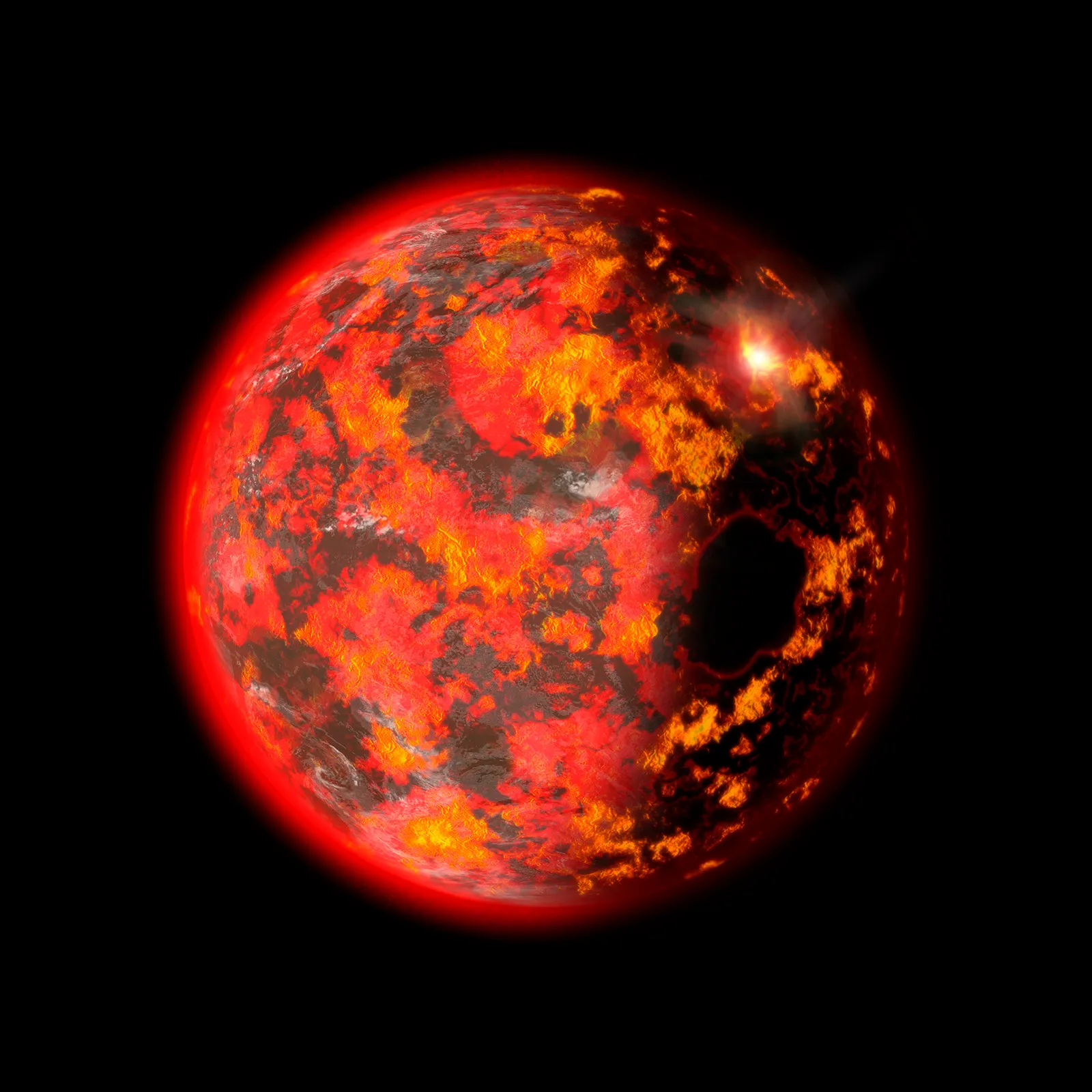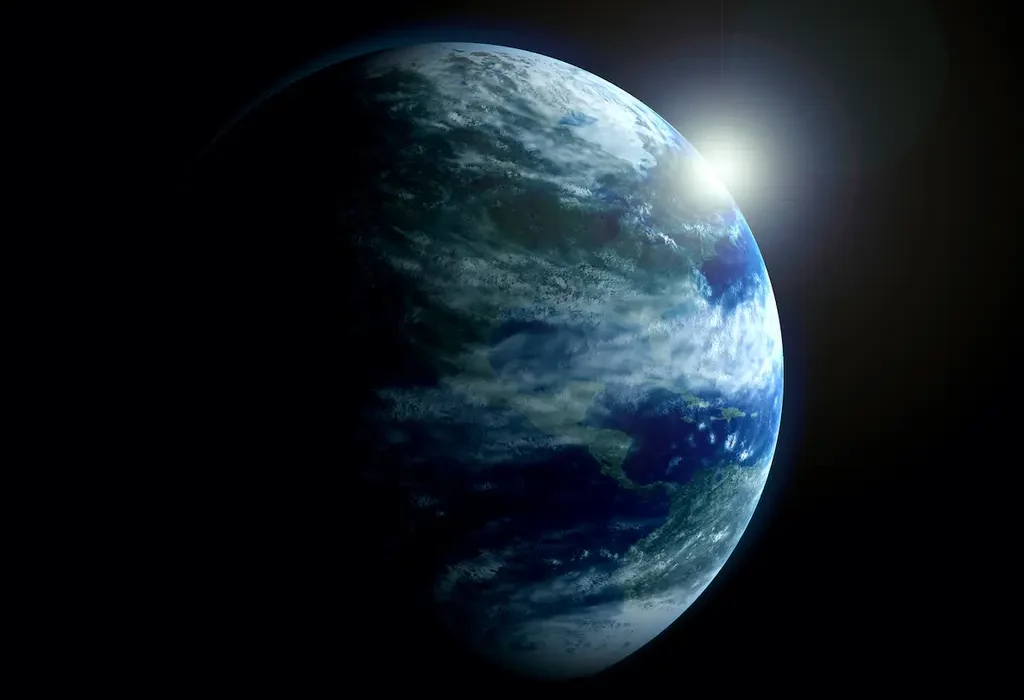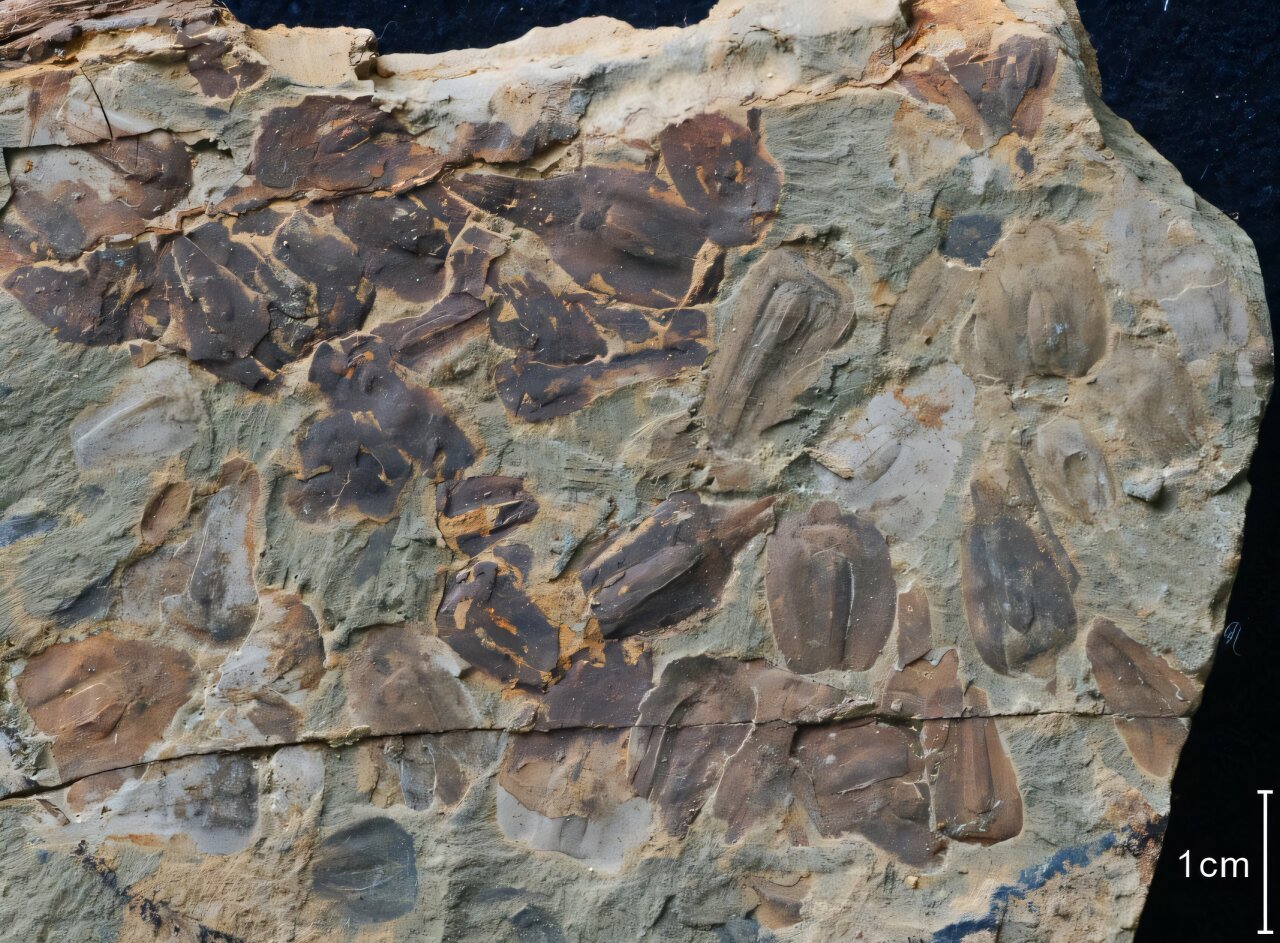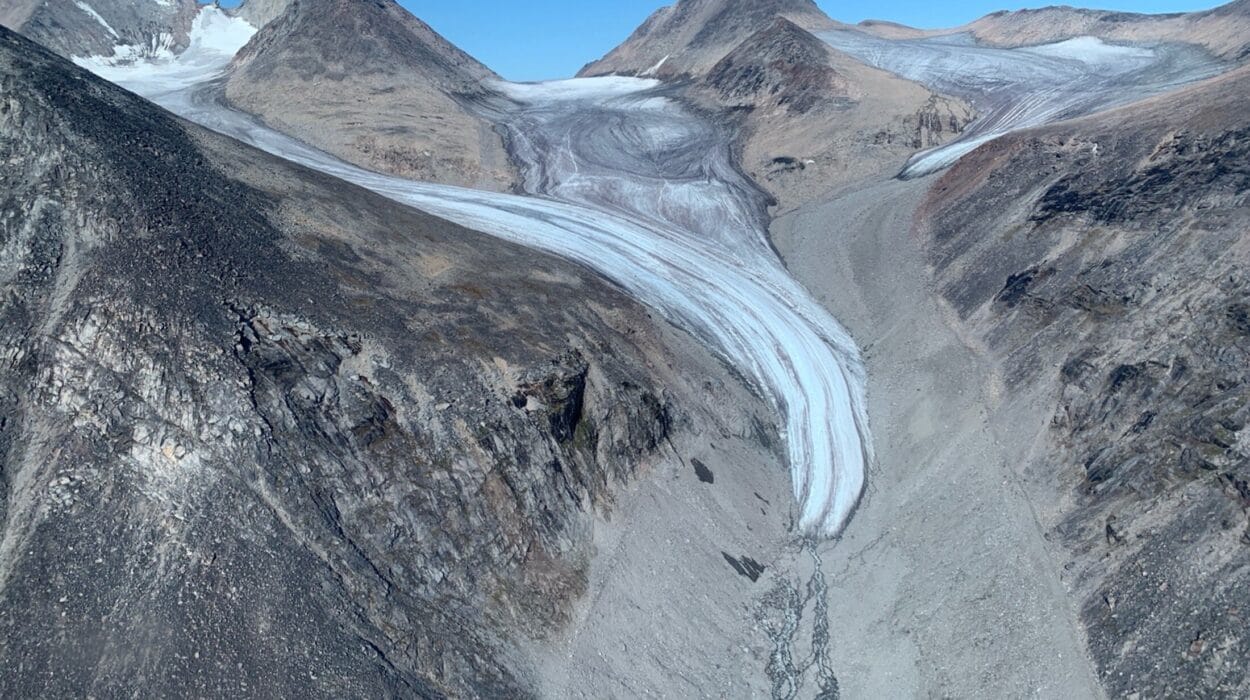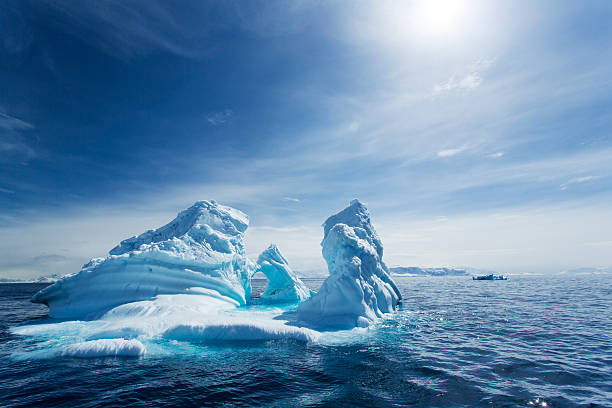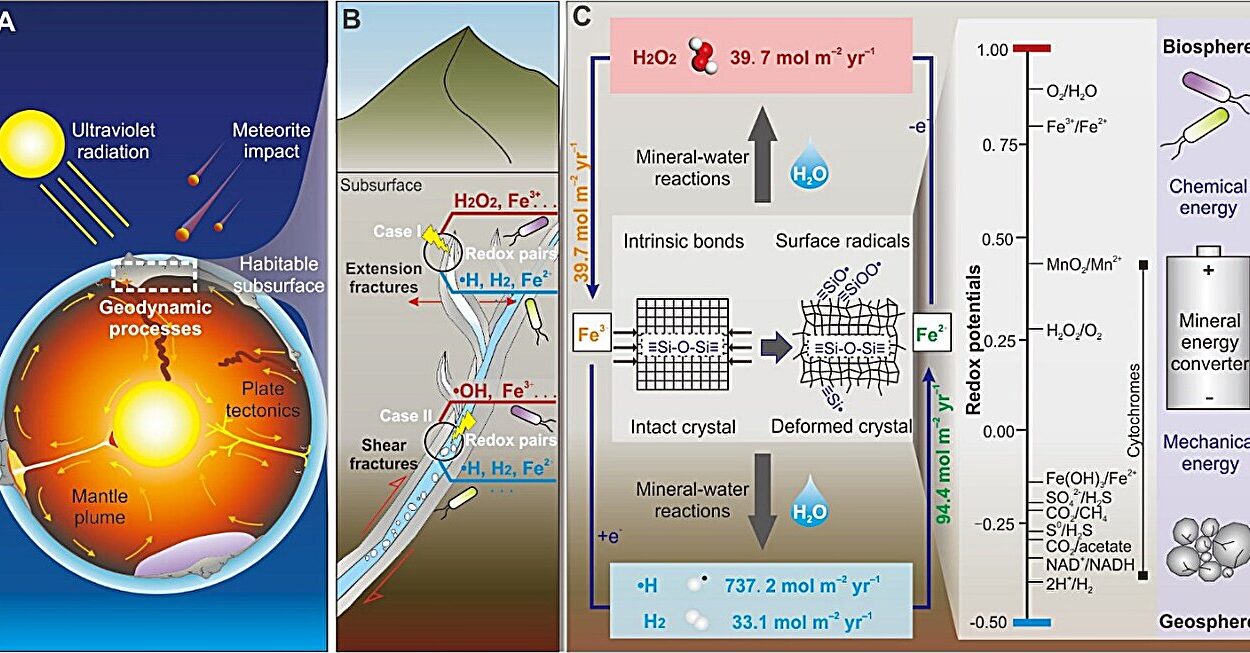Long before mountains towered and oceans shimmered beneath a blue sky, before any molecule of oxygen or drop of water ever touched the surface, Earth did not exist. There was no sunrise on a spinning planet, no continents adrift on molten currents, no creatures to gaze at stars and ask where they came from. There was only dust. A cloud of it—cold, vast, ancient. And in that dust, scattered among grains smaller than sand, lay the ingredients of worlds.
The birthplace of Earth was not quiet. It was a stellar nursery, born in the swirling remains of previous generations of stars. These stars had lived, burned brightly, exploded in spectacular supernovae, and died. Their deaths seeded space with the heavy elements—iron, carbon, oxygen, silicon—that would become planets, atmospheres, and, eventually, the chemistry of life.
But the Earth did not form gently. Its story begins in fire and collision, with gravity as the great sculptor.
A Star Is Born—and So Are Planets
Roughly 4.6 billion years ago, a nearby supernova may have sent shockwaves through a massive cloud of gas and dust in our galaxy. That ripple disturbed the cloud, causing it to collapse inward under its own gravity. As it fell, it spun faster, like a figure skater pulling in their arms, and flattened into a disk around a growing center. That center would ignite as a star—the one we now call the Sun.
Within that spinning disk, tiny grains of dust began to stick together, bound by static electricity and fragile chemistry. Over time, these grains formed larger and larger clumps. The collisions became more violent, and the clumps grew into planetesimals—mountain-sized building blocks that slammed into each other, fusing into embryonic planets. Earth was one of them.
In these early days, Earth was not a blue marble. It was a sphere of molten rock, pounded by meteors, scorched by radiation, and reshaped by titanic impacts. The violence of its youth was not a flaw—it was the mechanism of creation. Without it, Earth would never have developed the layers, materials, and energy systems that would one day support life.
The Moon-Making Catastrophe
One of the most defining moments in Earth’s early history came when it collided with a Mars-sized body now called Theia. The impact was cataclysmic, vaporizing the outer layers of both worlds and launching debris into orbit around Earth. Over the following months and years, this debris coalesced into a companion: the Moon.
This was more than a random cosmic accident. The Moon would go on to stabilize Earth’s tilt, moderating the seasons and making long-term climate stability possible. Its tidal pull would stir the oceans, influencing the chemistry of early life. And its presence may have even shielded Earth from future catastrophic impacts.
The Moon is not just a symbol of romance or a source of tides—it is a relic of cosmic violence, and it may be one of the key reasons Earth remained habitable while other rocky worlds around us remained barren.
The Cooling of Hell
After the Moon-forming impact, Earth remained a lava world for millions of years. The atmosphere was thick with steam and volcanic gases. The surface was a sea of molten rock. But slowly, over tens of millions of years, the planet began to cool.
As temperatures dropped, water vapor condensed, and it began to rain. It rained for centuries, maybe even thousands of years. Those rains formed the first oceans, filling the deep scars of a still-young world. Beneath the surface, the mantle churned, driving the movement of Earth’s crust and beginning the long process of plate tectonics.
This was a transformation of epic scale. Earth shifted from a fiery sphere to a water-covered planet. And with liquid water came new chemical reactions—reactions that would lay the foundation for life.
But where did that water come from? It’s still debated. Some scientists argue it came from volcanic outgassing—gases released from the mantle as the planet cooled. Others suggest it arrived from space, delivered by icy comets or water-rich asteroids that collided with Earth. Perhaps it was both. What matters most is that Earth kept its water—a rare achievement in the harsh environment of the early solar system.
The Chemical Spark of Life
In the dark, hydrothermal vents at the bottom of the ocean, or perhaps in shallow, mineral-rich pools warmed by volcanic heat, complex chemistry began to stir. Simple molecules interacted in cycles of energy and replication. Structures formed—some stable, some fleeting. Over time, something astonishing occurred: chemistry gave rise to biology.
The first life forms were not animals or plants. They were microscopic cells—prokaryotes—that likely emerged more than 3.5 billion years ago. They had no nucleus, no complex structure, and yet they were alive. They could grow, reproduce, and evolve.
This was not inevitable. It was an extraordinary triumph of molecular organization and stability. And from those earliest organisms, an unbroken chain stretches to all living things today—including us.
Earth, unlike any other planet we’ve found, managed to walk a razor’s edge. It was active enough to recycle nutrients through volcanoes and tectonics but not so violent as to sterilize itself. It was warm enough to allow water to flow but not so hot that oceans boiled away. And its chemistry was just right to build the molecules of life.
The Oxygen Revolution
For nearly two billion years, Earth was a microbial world. The atmosphere had no oxygen, and life existed in forms strange and alien to our modern senses. But some of these early microbes, particularly a group called cyanobacteria, developed a way to harvest energy from sunlight. They used photosynthesis—not the kind we think of in plants, but a simpler version that still produced a powerful byproduct: oxygen.
At first, this oxygen was soaked up by iron in the oceans, forming vast deposits of rust that became our planet’s iron ore. But eventually, the iron was all bound up, and oxygen began to accumulate in the atmosphere.
This “Great Oxygenation Event” was both a crisis and an opportunity. For many existing life forms, oxygen was toxic. They died in massive numbers. But for others, it was the start of something new. Oxygen allowed for more efficient energy use, which opened the door to larger, more complex organisms.
Earth was changing again—not just chemically, but biologically. Life was no longer confined to the microbial world. Complexity was on the rise.
Continents and Climate
As the planet aged, its internal engine continued to churn. The crust fractured into tectonic plates, which drifted across the surface. Continents formed and broke apart. Mountain ranges rose and fell. Volcanoes reshaped landscapes and released vital gases. Oceans opened and closed. Ice ages came and went.
This constant geological activity made Earth unique among its neighbors. Mars, once tectonically active, froze in place. Venus may have had oceans long ago, but its surface was remade in catastrophic volcanic pulses and now simmers under a crushing atmosphere. Only Earth seems to have maintained a balanced, long-term geologic cycle—one that recycles carbon, regulates climate, and fosters life.
Continents served another key function: they created shallow seas, coastal zones, and varied environments. These were the cradles of diversity, where life could specialize, adapt, and evolve in countless directions.
And it did.
Life Explodes
Roughly 540 million years ago, during what’s known as the Cambrian Explosion, multicellular life burst into astonishing variety. Animal body plans emerged. Shells appeared. Eyes evolved. Predators hunted prey.
This explosion of complexity did not happen in a vacuum. It was shaped by Earth’s stable climate, its oxygen-rich atmosphere, and the ecological niches created by land and sea. The dance of life became more intricate with each passing eon.
Plants colonized land. Insects followed. Amphibians crawled from swamps. Dinosaurs thundered across ancient plains. Mammals scurried in their shadows. And after an asteroid ended the reign of the dinosaurs, mammals inherited the Earth.
Among them, one lineage of apes stood upright, developed tools, formed societies, and eventually began to ask the questions that bring us here today: Where did we come from? Why is Earth so special? Are we alone?
The Rare Earth Hypothesis
As we search the cosmos for life beyond our planet, scientists have come to appreciate just how many things had to go right for Earth to become what it is.
Our Sun is stable and long-lived—not too hot, not too cold. We orbit at just the right distance to allow liquid water—a “Goldilocks zone.” Our Moon stabilizes our axial tilt. Our magnetic field shields us from solar radiation. Our atmosphere holds warmth and circulates moisture. Plate tectonics recycle nutrients. Giant planets like Jupiter deflect some incoming comets.
Each of these factors could be rare. Together, they may make Earth a cosmic miracle.
The Rare Earth Hypothesis suggests that while simple microbial life might be common across the universe, the conditions needed for complex, intelligent life could be exceedingly rare. Earth may be one of the few places—perhaps the only place—where the dice rolled so perfectly.
A Fragile Paradise
But Earth’s uniqueness does not guarantee its permanence. Our climate is changing rapidly due to human activity. Biodiversity is declining. Oceans are warming and acidifying. And yet, despite these challenges, Earth remains—at least for now—the only known haven for life.
That makes our responsibility enormous. We are the first species capable of understanding our planet’s history—and the first capable of altering its future.
We emerged from its chemistry, shaped by its forces, and now we hold the power to destroy or preserve the only home we’ve ever known.
From Stardust to Consciousness
The story of Earth is the story of transformation—from inanimate dust to living complexity, from molten chaos to blue serenity. It is a tale of accidents and inevitabilities, of violent beginnings and delicate balances. It is also our story.
We are, quite literally, made of Earth. Our bones come from its minerals. Our blood carries its salts. Our breath moves through air that has cycled through volcanoes, forests, and oceans.
And within us lives the legacy of billions of years of evolution—a memory written not in words, but in DNA, instincts, and imagination.
Earth is not just a planet. It is a process. A crucible. A rare convergence of physics and chance. And for all our exploration, all our telescopes and rovers, we have found no other world quite like it.
Not yet.
